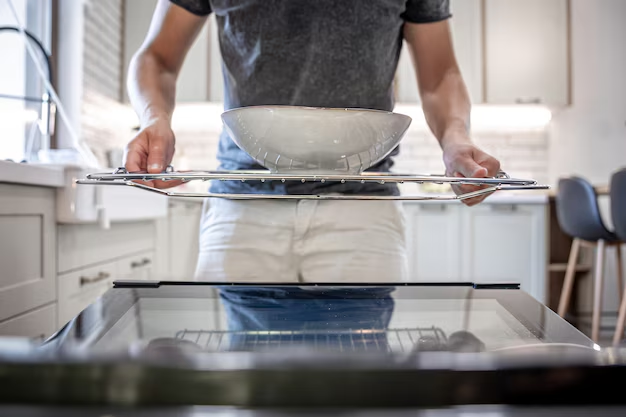Understanding Refrigerator Defrost Modes: What You Need to Know
When it comes to efficient food storage and extending the shelf life of your perishables, understanding your refrigerator’s defrost cycle can make a significant difference. But how long does a refrigerator actually stay in defrost mode? This article explores this question from various angles, providing practical insights and useful guidance to help you manage your food’s storage environment better.
How the Defrost Mode Works in Refrigerators
What is Defrost Mode?
Modern refrigerators are equipped with a defrost mode designed to prevent frost buildup on the cooling coils. Frost buildup can hinder the efficiency of your refrigerator, making it work harder and potentially leading to higher energy consumption. During defrost mode, the refrigerator temporarily halts the cooling process to allow any frost to melt away.
Types of Defrost Modes
1. Automatic Defrost: Most contemporary refrigerators use an automatic defrost system. The refrigerator cycles through cooling and defrosting phases automatically, requiring minimal user intervention.
2. Manual Defrost: Older models may rely on a manual defrost system. Users must turn off the refrigerator periodically to allow the frost to melt manually.
Duration of Defrost Cycles
The defrost cycle’s duration varies depending on the refrigerator's make and model, as well as the type of defrost system it employs.
- Automatic Defrost: Typically lasts between 15 to 30 minutes, and occurs multiple times a day.
- Manual Defrost: Duration depends on environmental conditions and user management, often requiring several hours for complete defrosting.
Factors Affecting Defrost Duration
Environment and Usage
- Ambient Temperature: Higher room temperatures can affect the frequency and duration of defrost cycles.
- Door Usage: Frequent opening of the refrigerator door can introduce humidity, leading to more frost buildup and possibly longer defrost cycles.
Refrigerator’s Features and Settings
- Thermostat Settings: Adjust these settings according to your needs and environmental conditions to influence the defrost cycle duration.
- Frost Sensors: These help the system determine when to trigger a defrost cycle, optimizing efficiency.
Optimizing Your Refrigerator’s Defrost Efficiency
Regular Maintenance Tips
- Clean Coils Regularly: Keep the condenser coils clean to improve efficiency and potentially reduce the frequency of defrost cycles.
- Check Door Seals: Ensure that door seals are intact to prevent cold air from escaping and warm air from entering.
Boxing and Organizing Contents
- Proper Food Arrangement: Avoid blocking air vents inside the fridge to promote efficient air circulation.
- Use Containers: Store foods in airtight containers to minimize moisture, reducing the overall humidity in the refrigerator.
Common Misconceptions About Defrost Mode
Myth: Defrost Mode Damages Food
Some believe that frequent defrost cycles can negatively affect the quality of stored food. However, defrost cycles are designed to be short and efficient, ensuring that food remains at a safe temperature throughout.
Myth: Manual Defrost is Always Better
While manual defrosting offers more control, it can be more labor-intensive and inconvenient compared to automatic systems, especially during busy schedules.
FAQ: Quick Answers to Your Defrost Concerns
Will Defrost Mode Increase Energy Costs?
Generally, the defrost cycle is short and efficient, minimizing energy consumption while keeping your refrigerator in optimal working condition.How Do I Know if My Refrigerator is in Defrost Mode?
Listen for changes in sound or check your user manual for indicator lights that signal the defrost phase.Is It Normal for My Fridge to Feel Warm?
Yes, slightly warmer temperatures are normal during the defrost cycle as the coils return to regular temperature.
Practical Summary: Keeping Your Refrigerator Efficient 🌟
Here's a concise checklist to maintain your refrigerator efficiently:
- 🔧 Regular Maintenance: Clean coils and check seals to maintain efficiency.
- 🌡️ Manage Temperature: Adjust settings according to external conditions.
- 🗓️ Plan Defrosts: For manual systems, schedule defrosts around your routine.
- 📦 Organize Smartly: Use containers and proper arrangements to enhance airflow.
Keeping abreast of how your refrigerator handles defrost mode can lead to more thoughtful food storage and potentially less waste. Even small actions, like arranging food properly and maintaining your appliance regularly, can make a significant impact on efficiency and preservation.
